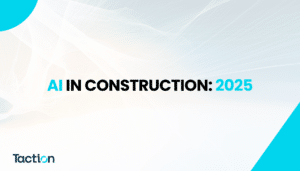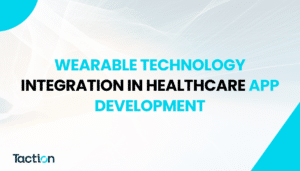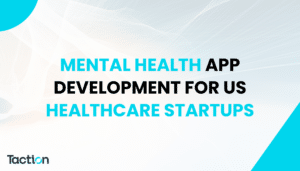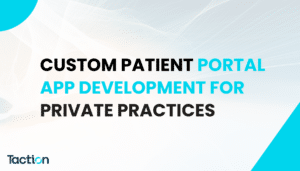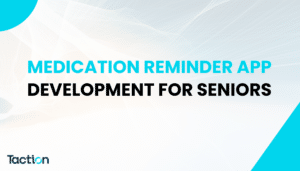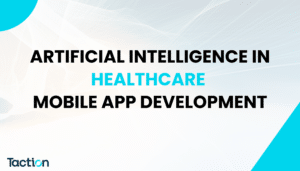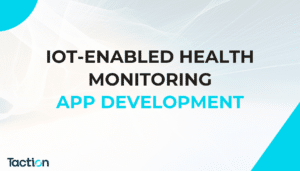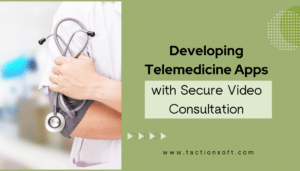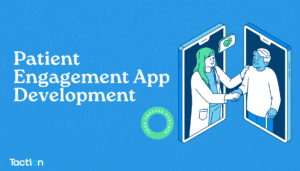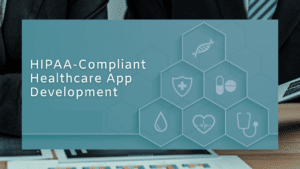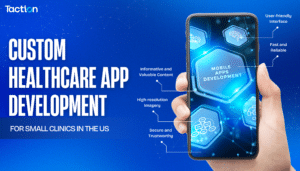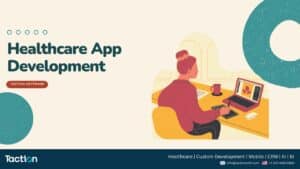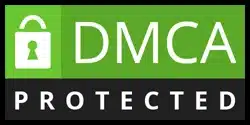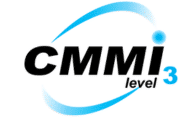Revolutionizing Construction: AI-Powered Solutions for 2025 and Beyond The construction industry, long known for its reliance on manual processes and heavy machinery, is undergoing a seismic shift. Artificial intelligence (AI)...
LEARN MOREWearable Technology Integration in Healthcare App Development: Transforming Patient Care with Smart Innovation
Introduction to Wearable Technology in Healthcare Wearable technology is no longer just about counting steps or tracking sleep. In healthcare, it has evolved into a life-changing innovation—empowering patients, caregivers, and...
LEARN MOREAI Development in Chicago: Powering the Future with Custom Solutions
Introduction – Why AI Development in Chicago Is Gaining Momentum Chicago is rapidly emerging as a thriving center for innovation, particularly in the field of artificial intelligence. With a rich...
LEARN MOREAppointment Scheduling App for Healthcare Providers in the US
Introduction In the fast-paced healthcare industry, managing patient appointments efficiently remains a significant challenge. One of the most pressing issues is no-shows, where patients miss their scheduled visits without prior...
LEARN MOREMental Health App Development for US Healthcare Startups
Mental Health App Development – Introduction The demand for mental health app development in US healthcare sector has skyrocketed in recent years, driven by an urgent need for accessible, on-demand,...
LEARN MORECustom Patient Portal App Development for Private Practices
Introduction In the evolving landscape of healthcare, private practices are increasingly adopting digital solutions to enhance patient engagement and streamline administrative workflows. Among these, custom patient portal apps have emerged...
LEARN MOREBest medication reminder app development for seniors
We Built the Best Medication Reminder App Development for Seniors As people age, managing medications becomes increasingly challenging. Seniors often juggle multiple prescriptions with complex dosages, making it easy to...
LEARN MOREArtificial Intelligence in Healthcare Mobile App Development
Artificial Intelligence in Healthcare Mobile App Development The healthcare industry is experiencing a transformation through (Artificial Intelligence) AI which boosts mobile application capabilities by improving diagnostic accuracy and streamlining clinical...
LEARN MOREIoT-Enabled Health Monitoring App Development | Transforming Remote Healthcare
Transforming Healthcare with IoT-Enabled Health Monitoring Rapid transformation of the United States healthcare sector sees IoT health monitoring systems as essential components which significantly boost both patient care quality and...
LEARN MOREDeveloping Telemedicine Apps with Secure Video Consultation
Developing Telemedicine Apps with Secure Video Consultation Healthcare has undergone a profound digital transformation, with telemedicine apps revolutionizing how patients and physicians communicate. By eliminating geographical boundaries and offering easy...
LEARN MOREPatient engagement app development for US-based healthcare providers
Patient engagement app development company for US In today’s rapidly evolving healthcare landscape, patient engagement is more than just a buzzword—it’s a necessity. Engaged patients are empowered patients, actively participating...
LEARN MOREHIPAA-compliant healthcare app development services in USA
Introduction to HIPAA-Compliant Healthcare App Development The rapid advancement of healthcare technology has transformed how medical services are delivered, making mobile apps an integral part of the healthcare ecosystem. However,...
LEARN MORECustom Healthcare App Development for Small Clinics in the US
Custom Healthcare App Development for Small Clinics in the US Small clinics in the United States often face challenges such as limited resources, manual workflows, and growing patient demands. Custom...
LEARN MOREWhat Is the Cost of Building a Doctor Appointment App Similar to ZocDoc?
How Much Does it Cost to Develop a Doctor Appointment App Like ZocDoc? The cost to develop a doctor appointment app like ZocDoc depends on various factors, including the complexity...
LEARN MOREHL7 ORC Segment: Structure, Standards, and Best Practices for Seamless Healthcare Data Exchange
Introduction to HL7 and the ORC Segment Health Level Seven (HL7) is a set of international standards for the exchange, integration, and retrieval of electronic health information. It facilitates seamless...
LEARN MOREThe Future of Healthcare: Comprehensive Insights on Healthcare App Development
Healthcare App Development The healthcare industry is evolving rapidly, with technology playing a pivotal role in enhancing efficiency, accessibility, and quality of care. Among these advancements, healthcare app development has...
LEARN MORE
